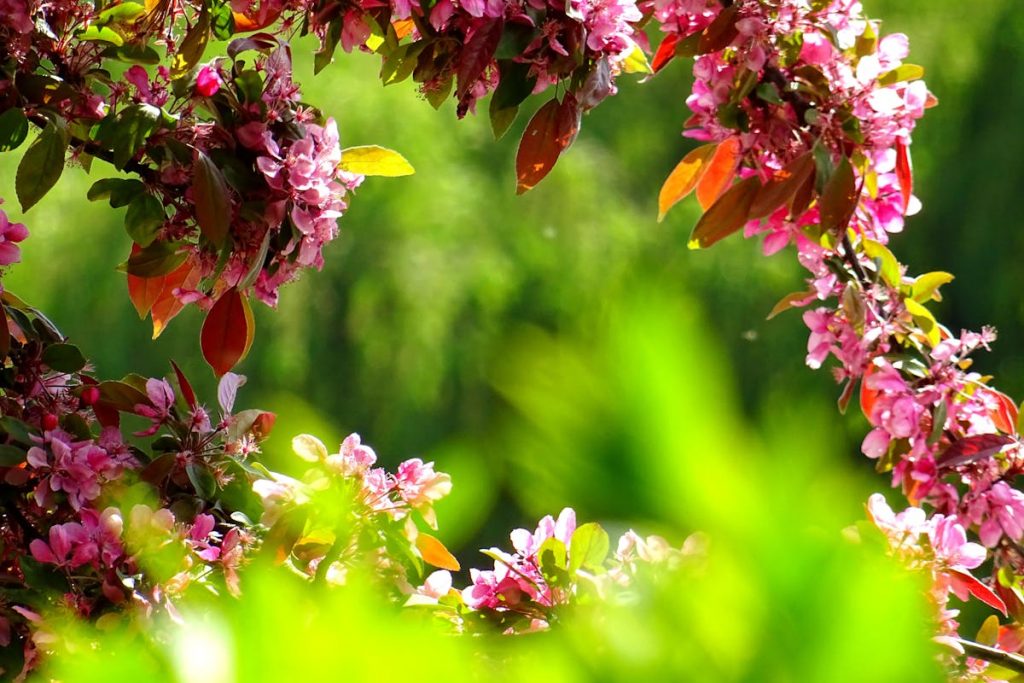
- Innovative ‘bubble gardens’ and ‘hydroponic skyscrapers’ explore new horizons in urban plant growth and visitor experiences.
- The Eden Project’s biomes and Gardens by the Bay’s ‘supertrees’ showcase architectural ingenuity in botanical settings.
- These spaces blend sustainability, efficient use of space, and modern functionality with the timeless aesthetics of nature.
- Architectural innovations in botanical gardens exemplify the synergy between human creativity and the natural world, fostering education and inspiration.
- The evolution of plant nurseries and gardens underlines the importance of continuous innovation for a greener future.
In horticulture, there’s a growing appreciation for the synergy between plants and the built environment. Enter the fascinating realm of architectural design in plant nurseries and botanical gardens; it’s more than just about building functional structures. This post will take you on a stroll through innovative designs, trends, and real-world case studies that reflect the importance of aesthetic and eco-friendly architecture in promoting plant life, engaging visitors, and facilitating sustainability.
Architectural design plays a pivotal role in creating spaces that accommodate the living entities within them and enhance their well-being. For plant nurseries and botanical gardens, this means tailoring structures that foster growth, protect against adverse environmental conditions, and serve as learning and recreational areas for visitors. What’s particularly exciting is how designers are pushing the boundaries of traditional horticultural architecture, introducing novel concepts that serve these crucial roles and add aesthetic and sustainable value to these green spaces.
Emerging Trends in Horticultural Architecture
Today, the fusion of technology, sustainability, and aesthetic appeal is creating horticultural spaces that are both functional and delightful. From energy-independent greenhouses to innovative water management systems, trends are shifting towards holistic architectural solutions that complement nature’s beauty and resilience.
Sustainable and Eco-friendly Designs

Sustainability is at the forefront of architectural innovation in nurseries and botanical gardens. Integrating green building principles reduces the environmental impact and sets a standard for the industry.
Renewable Energy Sources and Materials
Modern plant nurseries are harnessing solar power to reduce their carbon footprint. Solar panels are becoming integral to the greenhouse design, ensuring a self-sustaining energy model. Additionally, using recyclable and biodegradable materials in construction is increasing, contributing to a closed-loop system that minimizes waste and promotes environmental health.
Water Conservation Techniques in Garden Design
The architectural response to water scarcity is ingenious. Rainwater harvesting systems are seamlessly integrated into garden structures, providing a reliable source of irrigation while minimizing runoff and soil erosion. Innovations such as green roofs are aesthetically pleasing and serve as natural filters, improving water quality and reducing the burden on drainage systems.
Innovative Use of Space
Architectural innovation is carving out new possibilities in space utilization, catering to the constraints of urban environments and the needs of communities.
Vertical Gardening and its Benefits
For densely populated urban environments, vertical gardening offers a spatially efficient solution. These ‘living walls’ and ‘green facades’ provide aesthetic value to concrete jungles and improve air quality, reduce the urban heat island effect, and serve as habitats for urban wildlife.
Fostering Engagement Through Community Spaces
Modern horticultural architecture is about more than just growing plants—it’s about creating interconnected community spaces. Amphitheaters, meeting areas, and interactive installations are now part and parcel of garden designs, encouraging deeper engagement and education among visitors.
Adapting Historical Architectural Styles for Modern Use
History also has a place in modern horticultural architecture, informing new designs rooted in tradition but equipped with modern functionality.
The Gothic Greenhouse Reimagined
The unique gothic greenhouse had its heyday in the 19th century, admired for its elegant spires and pointed arches. Today, this historical style is being revived not only for its aesthetic charm but also for its natural ventilation properties, which are in tune with sustainable design practices. Pairing gothic greenhouse designs with high-tech climate control systems marries old-world beauty with contemporary efficiency.
Reviving Historical Garden Layouts
In botanical gardens, the revival of historical layouts fosters a sense of continuity and timelessness. Pairing these age-old designs with modern technology allows for the maintenance of heritage plant collections while providing a setting for visitors to step back in time and learn about the evolution of garden architecture.
Case Studies of Unique Architectural Solutions
From the drawing board to reality, unique architectural solutions are transforming the landscape of plant nurseries and botanical gardens. Here are some inspiring case studies that showcase the potential of design innovation.
Innovative Structures for Plant Nurseries
The ‘bubble garden’ concept has taken off in many parts of the world, with its spherical greenhouse structures offering an immersive and climate-controlled environment for plants and visitors alike. Similarly, the ‘hydroponic skyscrapers’ project plant growth into the urban skyline, capitalizing on every inch of available space.
Architecturally Remarkable Botanical Gardens
The ‘biomes’ of the Eden Project in the UK have redefined what it means to connect with nature under domed canopies that mimic diverse global climates. The Gardens by the Bay in Singapore have become iconic with their ‘supertrees’—vertical gardens that are also part of an integrated environmental management system.
Conclusion
The marriage of botanical wonder and architectural brilliance is an ongoing symphony that celebrates the beauty and resilience of the natural world. By integrating sustainable practices, efficient space usage, and historical aesthetics with modern functionality, plant nurseries, and botanical gardens become more than just places to grow or appreciate plants; they evolve into living, breathing examples of harmonious design that inspire and educate. Unique architectural solutions play a vital role in the success and impact of these green spaces. As we move forward, continuous innovation will be key to keeping up and leading the charge in creating a greener, more connected world.
